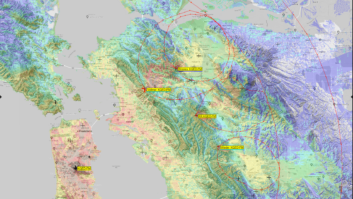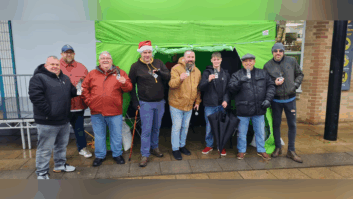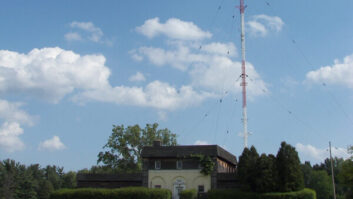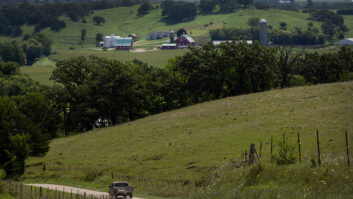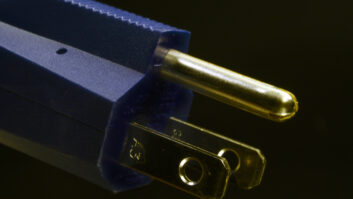A MaxxCasting System from GeoBroadcast Solutions is serving noncommercial FM station WKSU in Cleveland, improving its signal and audience reach in northeast Ohio. It went on the air in February.
The station is licensed to Kent State University and operated by Ideastream Public Media. WKSU is the primary station in a network of eight stations serving 22 counties across this part of the state.
“After the recent operating agreement between Ideastream Public Media and Kent State University centered around Northeast Ohio’s NPR news stations, WKSU’s 89.7 signal became the sole NPR news and information station in Northeast Ohio,” said Ideastream Senior Director of Technology Chuck Poulton. “Ideastream’s 90.3 FM in Cleveland is now broadcasting WCLV’s classical and jazz format, and 104.9 FM is becoming a repeater of WKSU’s news format.”MaxxCasting is a system of FM single-frequency networks with transmitters synchronized to boost the signal from the main transmitter. GBS said it provides seamless transitions from the main to and between the booster nodes.
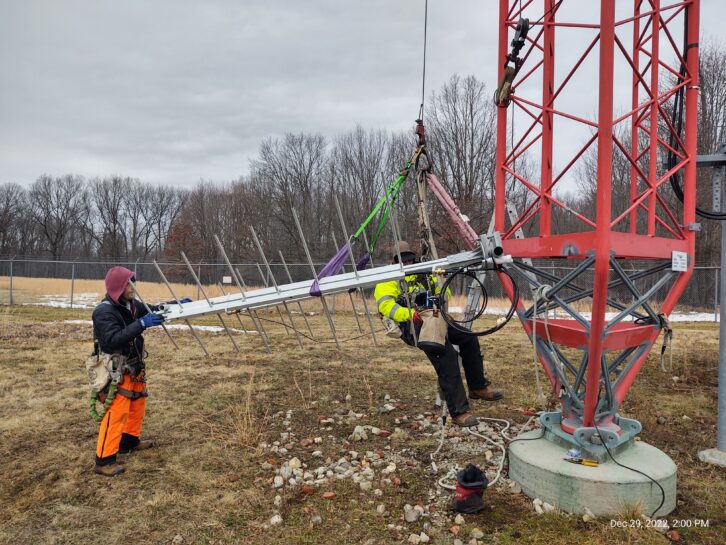
The technology uses cellular network design, broadcast and SFN software tools using high-resolution terrain data including building heights, propagation tuning based on real-time field measurements, and analysis of vehicular traffic and demographics. Under a proposed rule change with the FCC, the system also would allow potential geographic targeting and fencing of text advertising and messaging.
Ideastream worked with GeoBroadcast Solutions to improve coverage in weaker areas of WKSU’s signal to the north by deploying the single-frequency network booster system.
The project’s first booster provided improved coverage in the downtown Cleveland area and in areas directly to the south and west of the city. A proposed second booster will fill in coverage in eastern suburbs of the city.
“The new booster was installed at the Ideastream WVIZ(TV) site in Parma, Ohio,” he said. “We were lucky that it worked out well that this site was ideally suited along the radial from the main WKSU transmission site near Akron towards the downtown Cleveland area.”
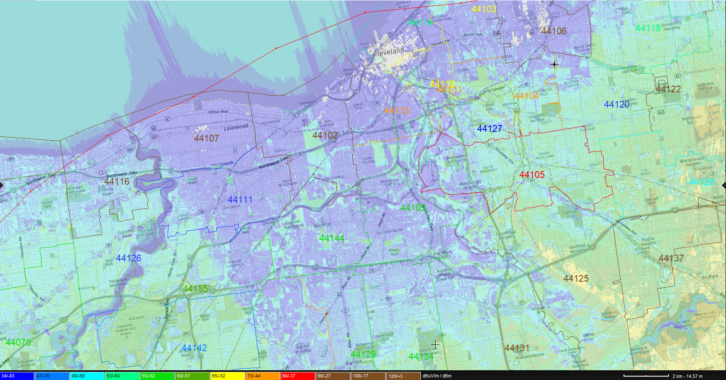
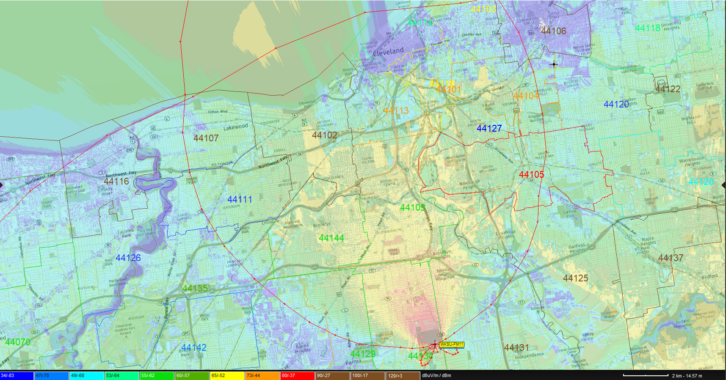
Led by Poulton, the project was supported by former Broadcast Manager Daniel Black, now retired, and Senior Radio Broadcast Engineer Wade Giddens.
The GBS team included CTO Jean Paul Littleton and Director of Infrastructure Employment Vern Egli, along with Bert Goldman, president of Goldman Engineering Management, and consultant Rich Redmond.
From Warmus and Associates, Brian Warmus and crew installed the booster antenna, feedline, GPS antenna and transmitter at the booster site. Nautel provided remote support for the SFN setup and configuration on the Nautel equipment.
“For the booster site, we installed a Nautel VS2.5 transmitter with the VSHD Exciter option, along with a Jampro dual-element, single-level log-periodic antenna mounted to achieve slant H+V polarization,” said Poulton.

“MPX audio is distributed from the studio to both the main and booster sites via a trio of GatesAir Intraplex IP Link MPXp codecs with the SynchroCast option. The system also utilizes the existing Nautel NV30 transmitter at the main site and Nautel Exporter Plus at the studio.”
Poulton said he was skeptical at first of the concept of utilizing a SFN booster network without significant terrain shielding.
“But the results have far exceeded my expectations. Analog coverage is significantly improved, and multipath ‘picket-fencing’ is nearly eliminated within the booster coverage area. Additionally, HD Radio coverage is extremely solid throughout the coverage area.”
This story is excerpted from the ebook “Great New RF Installs.”
